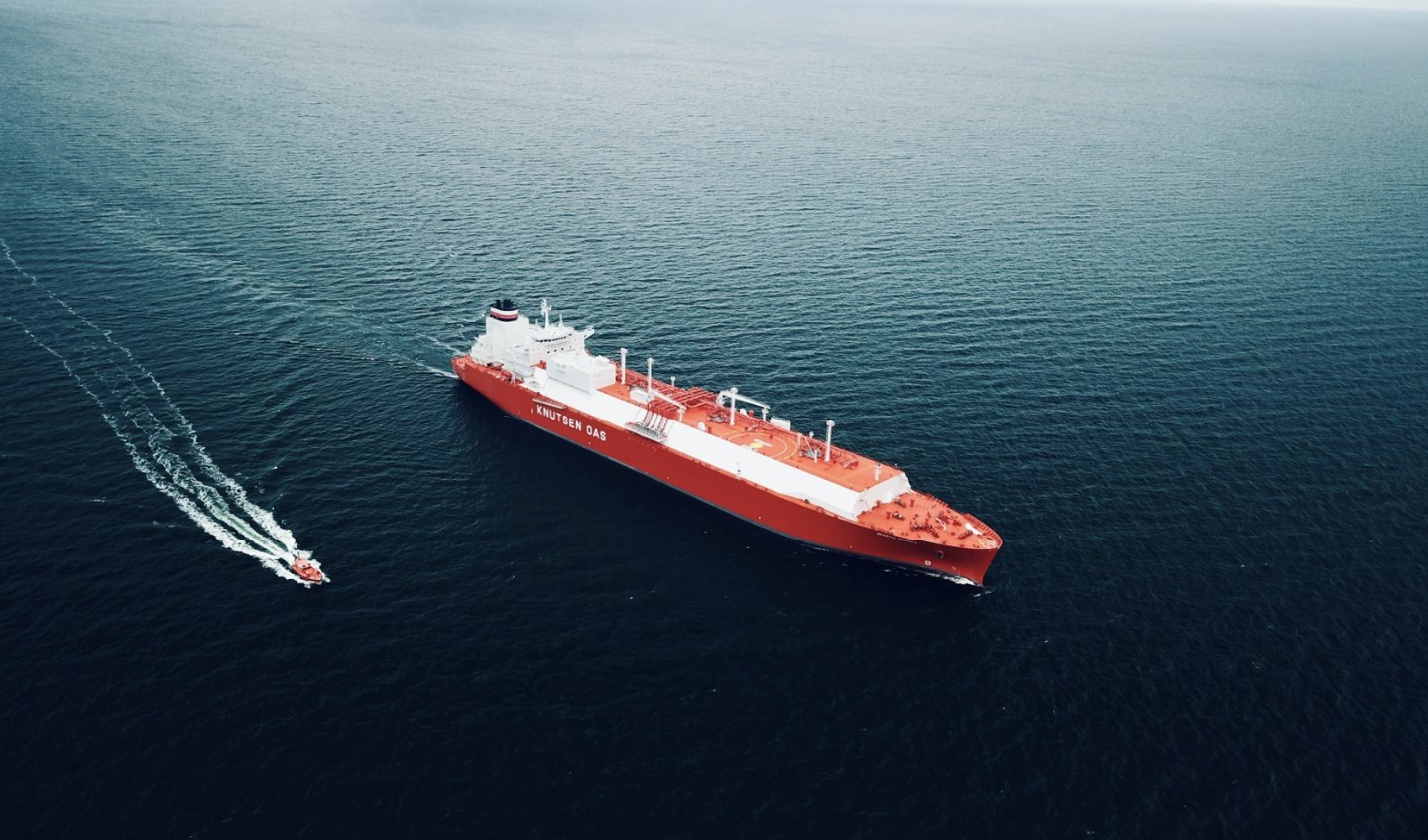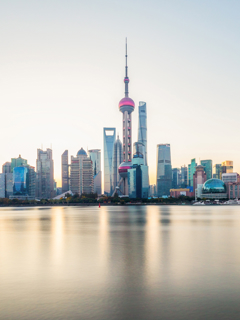Recently Lloyd’s Register (LR), Knutsen, HD Korea Shipbuilding and Offshore Engineering (HD KSOE) and HD Hyundai Heavy Industries (HHI) joined forces to measure and assess the carbon emissions through the entire life cycle of a newbuild LNG Carrier. The joint development project is an illustration of how across-the-board collaboration can provide maritime stakeholders with invaluable data for their decarbonisation strategies.
Representing a six-month collaboration between shipyards, operators and class, the first-of-its-kind study, which was completed in February, analysed emissions generated throughout the entire life cycle of a 174,000 m3 newbuild LNG Carrier. The analysis looked at emissions impact from cradle (raw material extraction) to gate (shipbuilding), gate to end-of-life (operation), and end-of-life and to grave (demolition, recycling, and waste disposal).
The life cycle assessment (LCA) identified that 79% of greenhouse gas (GHG) emissions are generated through ship operations (tank-to-wake), with 21% attributed to mining and transport (well-to-tank) of the fuels.
Steel breaker
As might be expected, the majority of emissions are created during the operational period of a vessel’s life cycle. The positive news is that these can be reduced by approximately 90% through the use of zero- or low-carbon fuels highlighting their significant potential impact on emissions reduction.
Vessel emissions, however, are not solely limited to the operational life of a ship. The study also revealed that GHG emissions during the shipbuilding stage (gate) can be significantly reduced if green steel - steel produced with low or zero GHG emissions - is used during the shipbuilding process.
Steel can be infinitely recycled, and global shipping already supplies much of the high-quality scrap steel we see used in other sectors, with a potential to create a circular process if logistical barriers related to geography can be overcome. Emissions at gate stage can also be curbed with the study showing that GHG emissions could potentially be cut by 60% at yard level with the use of renewable energy.
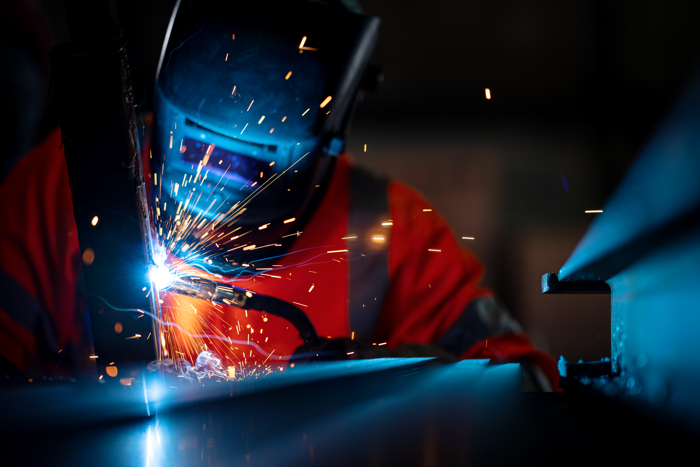
‘Green’ Steel
With the abatement of maritime through the adoption of low or zero-carbon fuels, the focus will inevitably shift to limiting non-fuel related emissions.
The member-led Sustainable Shipping Initiative (SSI), of which LR is member, released the Green steel and shipping report in June 2023 which states that the steel sector is responsible for 7-9% of global GHG emissions.
SteelZero, an initiative to speed up the transition to a net-zero steel industry, defines ‘green’ steel as material that meets the highest levels of environmental, social and governance performance (ESG),’ rather than simply addressing the release of greenhouse gases, much in the same way that production of alternative fuels is categorised as ‘green’, ‘blue’ or grey’.
Focus on the gate stage of a vessel’s lifecycle are beginning to gain traction in industry. LR currently provides green steel descriptive notes for shipowners to specify their green steel requirements in yard contracts to serve as evidence to stakeholders of the low carbon credentials of steel used in the shipbuild process, whilst shipowner AP Moller-Maersk is committed to using 50% ‘lower embodied-emission steel’ by 2030 with a goal of using 100% net-zero steel by 2040.
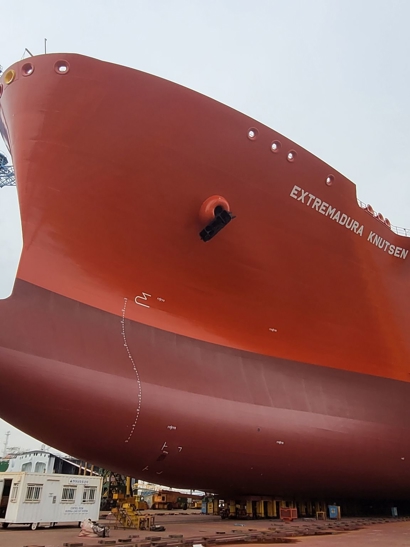
A new scope
Three new ‘scopes’ defined by the GHG protocol to refer to the type of emissions accounted for in a vessel’s full life cycle have been referenced in the study in order to give context to the emissions profile of a vessels life cycle.
Scope 1 emissions are the direct emissions created during shipbuilding and operation. Scope 2 emissions are indirect emissions related to energy, water and steam, such as those emitted from yard power during the shipbuilding stage.
Scope 3 emissions encompass indirect emissions created both upstream (supply chain) and downstream (distribution chain), for example, emissions created during production, transport and storage of materials and equipment, and during the vessel recycling process. With IMO regulations progressively evolving to encompass the entire value chain, Scope 3 emissions disclosures are becoming more important.
This is where a full LCA analysis can be used effectively, directly identifying environmental ‘hotspots’ in the value chain so owners can shape their strategies for shipyards and influence the supply chain, whilst rethinking ship design to reduce Scope 3 emissions for future reporting purposes.
Incoming regulations
For global integrated shipping companies such as Knutsen, the in-depth LCA analysis will be vital for any potential future regulations that come into force, particularly when considering the lifetime of vessels, the feasibility of retrofit conversions/upgrades or whether to build new vessels.
On the completion of the study, the ‘significant results’ were welcomed by Knutsen’s director of newbuilding and innovation Jarle Østenstad, who stressed the importance of the LCA data for organisations producing sustainability reports which will become mandatory by 2025.
“In preparation for the forthcoming EU Corporate Social Responsibility Directive (CSRD), and other similar regulations across the globe, shipowners will be required to produce sustainability reports disclosing their Scope 3 emissions and outline strategies for mitigation. This LCA analysis brings owners one step closer to meeting these requirements.”
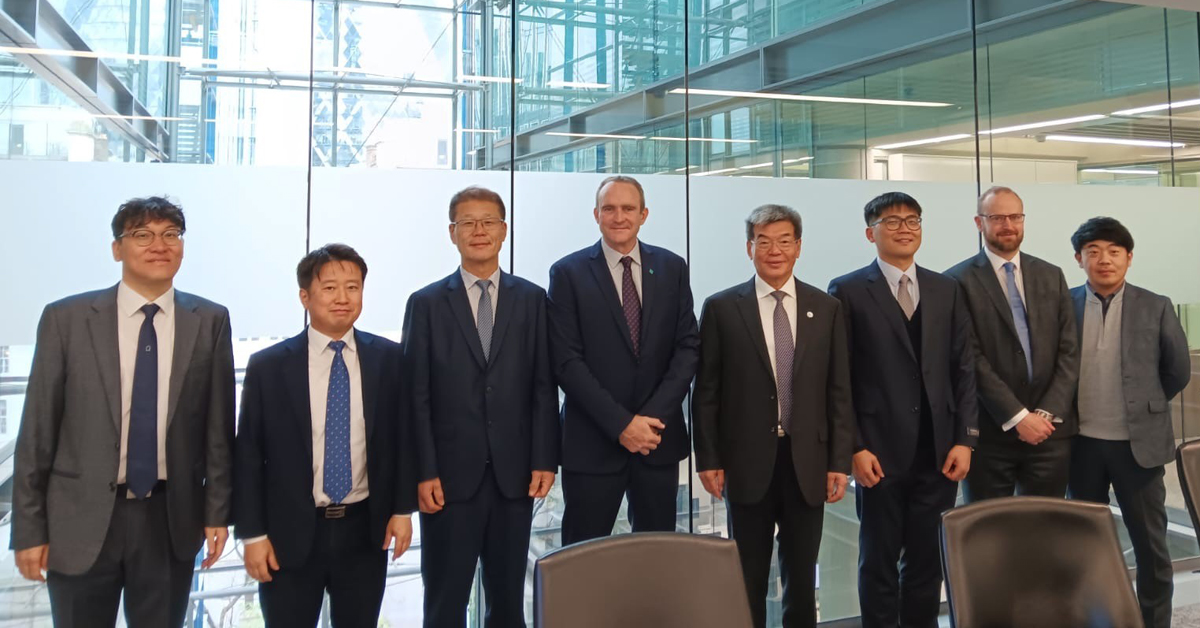
| Representatives from each partner met at LR's Fenchurch Street office in January 2024 to mark the completion of the study.






